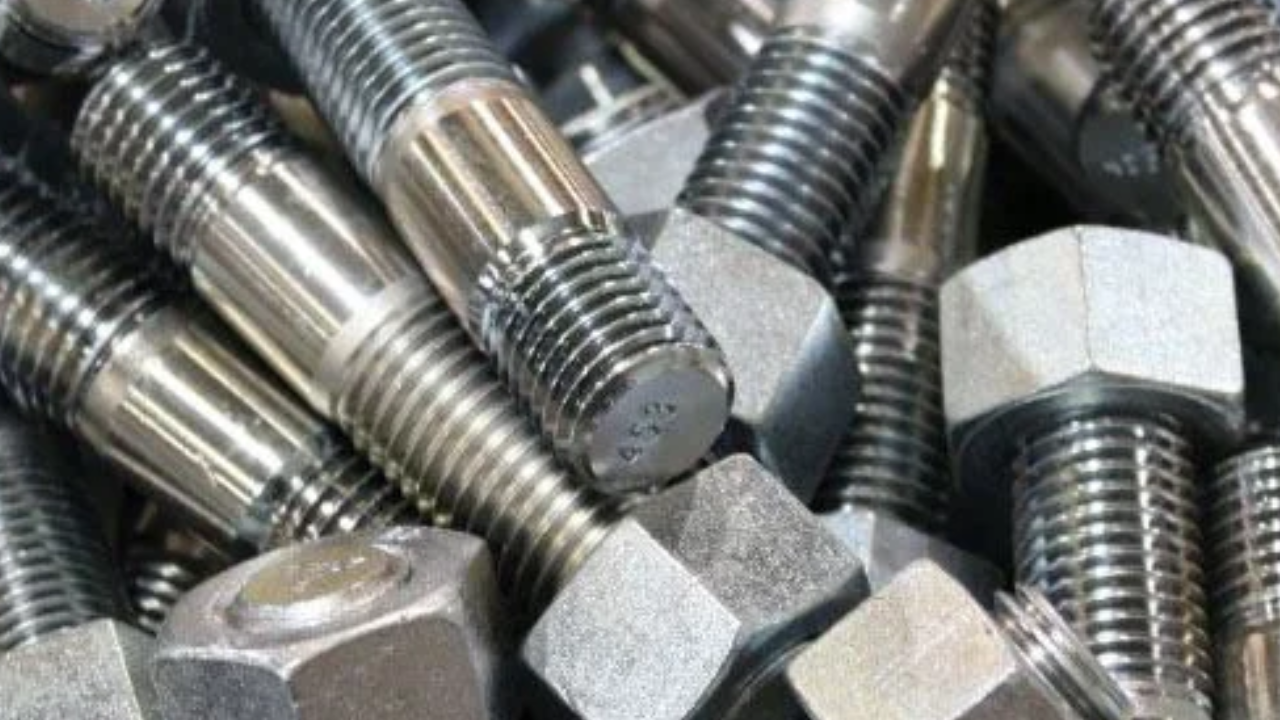A2 and A4 stainless steel screws stand as wonderful variations of chrome steel clasp, every carefully engineered to exceed expectations especially programs due to their unique material compositions and mechanical traits. A2 stainless steel screws, moreover alluded to as AISI 304 or 18-8 stainless steel, gloat a composition primarily comprising chromium and nickel nearby press and follow components.
Alternately, A4 stainless steel screws, indicated as AISI 316 or marine-grade stainless steel, highlight the incorporation of molybdenum alongside chromium and nickel. This change in composition gives varying mechanical properties and erosion resistance capabilities to each sort of screw. As such, A2 stainless steel screws discover favor in indoor and gently destructive settings, whereas A4 stainless steel screws are prized for their strength in cruel situations, especially in marine and exceedingly destructive conditions.
Investigating the Differences and Applications of A2 and A4 Stainless Steel Screws
Two particular variations of stainless steel latches, each custom-made for particular applications based on their interesting fabric compositions and mechanical properties. This article points to illustrate the aberrations between A2 vs A4 screws stainless steel, shedding light on their chemical compositions, mechanical characteristics, and particular regions of application.
Material Composition
A2 stainless-steel screws, furthermore known as AISI 304 or 18-8 chrome steel, basically include chromium (around 18%) and nickel (around 8%) close by the press and little sums of carbon and manganese. Alternatively, A4 chrome steel screws, assigned as AISI 316 or marine overview stainless steel, incorporate greater molybdenum (roughly 2-3%) in enlargement to chromium and nickel. This variety in composition imparts particular properties to each sort of stainless steel screw, affecting their execution in numerous situations.
Mechanical Properties
The expansion of molybdenum in A4 stainless steel screws upgrades their erosion resistance and mechanical quality compared to A2 stainless steel screws. Whereas both types show great erosion resistance in common, A4 stainless steel offers superior resistance to chloride-induced erosion, making it especially well-suited for marine and coastal applications. Also, A4 stainless steel screws ordinarily have higher tensile and surrender qualities compared to A2 stainless steel screws, giving more prominent unwavering quality and strength in requesting situations.
Surface Treatment
Both A2 and A4 stainless steel screws experience comparative fabricating forms, counting cold heading, rolling strings, and passivation cleaning. Passivation, a chemical preparation that expels free press and contaminants from the surface is basic for upgrading erosion resistance and dragging out the life expectancy of the screws. In any case, A4 stainless steel screws may experience extra surface treatments or coatings to advance and increase their resistance to destructive situations, depending on the particular application prerequisites.
Applications
The unique material compositions and mechanical properties of A2 and A4 stainless steel screws manage their particular regions of application. A2 stainless steel screws discover far-reaching utilization in indoor and gently destructive situations, such as private development, furniture gathering, and general-purpose affixing applications. In differentiation, A4 stainless steel screws are favored for open air, marine, and exceedingly destructive settings, counting coastal infrastructure, marine vessels, chemical preparing plants, and seaward establishments where introduction to saltwater, moisture, and cruel chemicals is predominant.
Considerations for Choice
When selecting between A2 and A4 stainless steel screws, engineers and creators must carefully assess the natural conditions, mechanical necessities, and life span desires of the expected application. Variables such as temperature variances, introduction to destructive specialists, load-bearing capacity, and stylish contemplations play a vital part in deciding the most reasonable fabric for the work. Counseling with fabric specialists and following industry measures can offer assistance in guaranteeing the ideal execution and life span of stainless steel fasteners in assorted applications.
Conclusion
A2 and A4 stainless steel screws speak to particular materials with one-of-a-kind chemical compositions, mechanical properties, and applications. Whereas both sorts offer erosion resistance and unwavering quality, A4 stainless steel screws exceed expect requesting situations where prevalent quality and erosion resistance are vital. By understanding the contrasts between A2 and A4 stainless steel screws and considering the particular prerequisites of each application, engineers and originators can make educated choices to attain ideal execution and life span in their securing arrangements.
